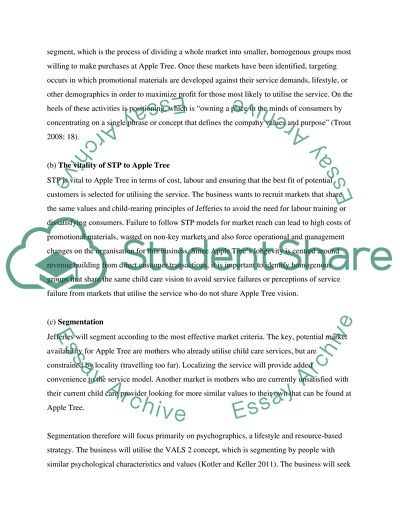Cite this document
(“Apple Tree Lane Child-Care and Nursery Centre Assignment”, n.d.)
Retrieved de https://studentshare.org/marketing/1392448-apple-tree-lane-child-care-and-nursery-centre
Retrieved de https://studentshare.org/marketing/1392448-apple-tree-lane-child-care-and-nursery-centre
(Apple Tree Lane Child-Care and Nursery Centre Assignment)
https://studentshare.org/marketing/1392448-apple-tree-lane-child-care-and-nursery-centre.
https://studentshare.org/marketing/1392448-apple-tree-lane-child-care-and-nursery-centre.
“Apple Tree Lane Child-Care and Nursery Centre Assignment”, n.d. https://studentshare.org/marketing/1392448-apple-tree-lane-child-care-and-nursery-centre.


